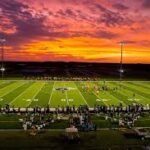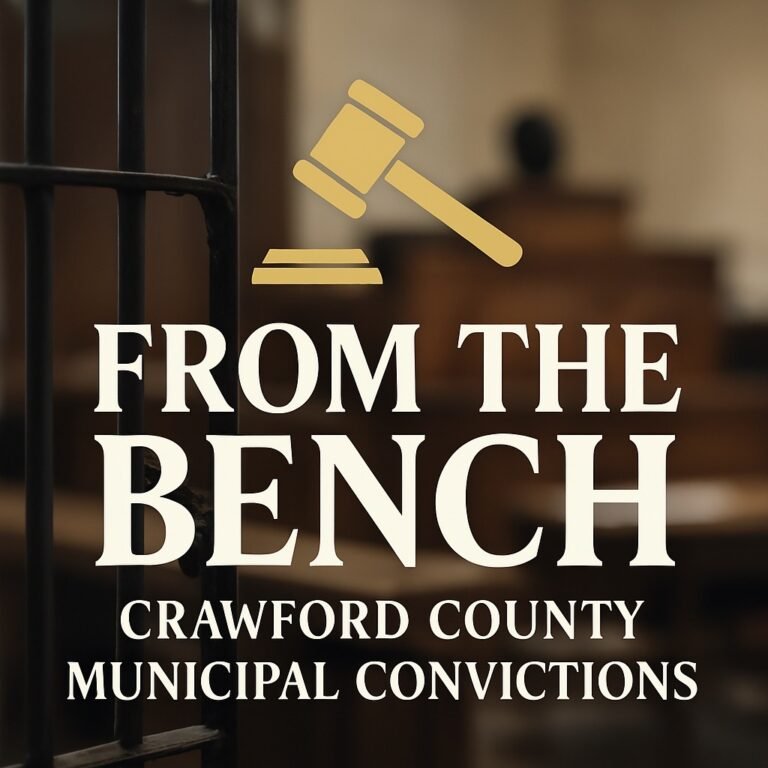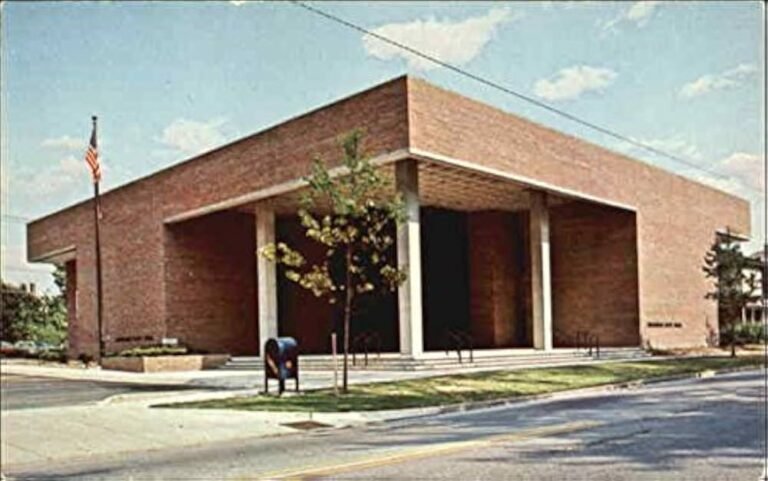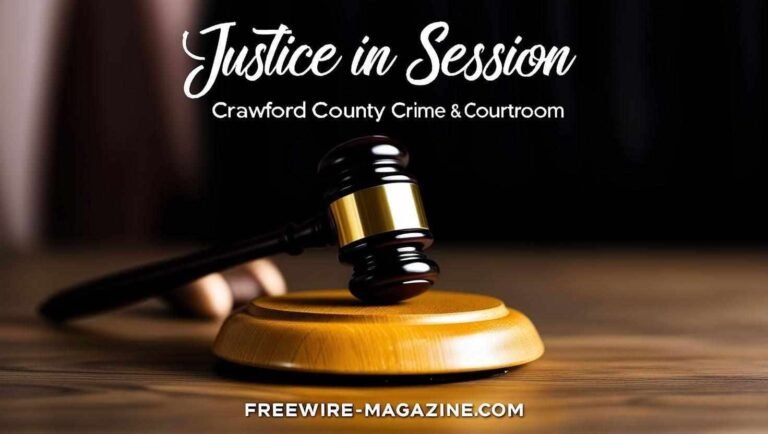From Small-Town Newspaper Editor to Scandal-Ridden President
By Cam Rodgers, Bucyrus High School Freshman
Warren G. Harding was the 29th President of the United States and was born in Blooming Grove, Ohio, on November 2, 1865. His parents, George Tryon Harding and Phoebe Elizabeth Dickerson Harding, were both doctors — an impressive accomplishment, especially for a woman at that time.
As a child, Harding was nicknamed “Winnie.” He was the oldest of eight siblings, and when he was ten years old, his family moved to Caledonia, Ohio, where he was raised. Harding grew up doing farm chores, swimming in the creek, and playing in the village band, where he learned to play the trombone, cornet, and tuba. He attended a one-room schoolhouse before enrolling at Ohio Central College at just 14 years old. He graduated in 1882 with a B.S. degree, gaining recognition for his work as the editor of the campus newspaper.
After college, Harding worked as a teacher for one term before trying out different careers, including law, insurance sales, and journalism. In 1884, he raised $300 with two friends to purchase The Marion Star, a struggling newspaper in Marion, Ohio.
In 1891, Harding married Florence “Flossie” Mabel Kling DeWolfe. Her father was so against their relationship that he once threatened Harding in the street, saying he would kill him if he didn’t stay away from Flossie. Despite this, Harding and Florence married and remained together, though they never had children together. Florence had a son from a previous marriage.

Harding’s Political Career
In 1899, Harding entered politics and won a seat in the Ohio State Senate, where he served two terms and even became Majority Leader. In 1903, he was elected Ohio’s lieutenant governor, but after his term ended in 1905, he returned to running The Marion Star, where he was respected for his fair and balanced reporting.
Harding lost the race for Ohio governor in 1910 but continued in politics. In 1920, at the Republican National Convention in Chicago, Harding won the party’s presidential nomination, with Calvin Coolidge as his running mate. This election was historic because it was the first time millions of women could vote in a U.S. presidential election. Harding won by a landslide on November 2, 1920 and was inaugurated on March 4, 1921.
The Harding Presidency
Harding’s presidency was marked by both progress and scandal.
- He was the first president to address the nation on the radio.
- He passed bills supporting farm cooperatives and modernizing farm credit.
- He spoke out against racial segregation, even lecturing to a segregated crowd of 30,000 people at the University of Alabama about racial equality.
- In 1923, he officially ended the U.S. occupation of Germany.
However, Harding was known for surrounding himself with a group of corrupt friends known as “The Ohio Gang.” They gambled, drank whiskey, and played poker together, and Harding even once gambled away the entire White House china set in a card game! Many of these friends were later charged with fraud, bribery, and corruption, with some even going to jail.


The Teapot Dome Scandal
The Teapot Dome Scandal was the biggest scandal of Harding’s presidency. His Interior Secretary, Albert Bacon Fall, secretly leased Navy oil reserves in Teapot Dome, Wyoming, and California to private oil companies in exchange for bribes. The scandal lasted from 1921 to 1923, and while Harding himself was not directly involved, it severely damaged his reputation.
Harding’s Death and Legacy
In 1923, Harding embarked on a cross-country tour to reconnect with the American people and explain his policies. He visited the Western United States, Alaska, and even British Columbia. However, while in San Francisco, California, he suddenly fell ill and died of a heart attack at the Palace Hotel on August 2, 1923. He was only 57 years old.
Harding was buried at the Harding Memorial in Marion, Ohio, where many Bucyrians have visited. His wife, Florence “Flossie” Harding, passed away a year later on November 21, 1924, from renal failure, and she was buried alongside him. The Harding Memorial was the last elaborate presidential memorial built in the U.S.




















